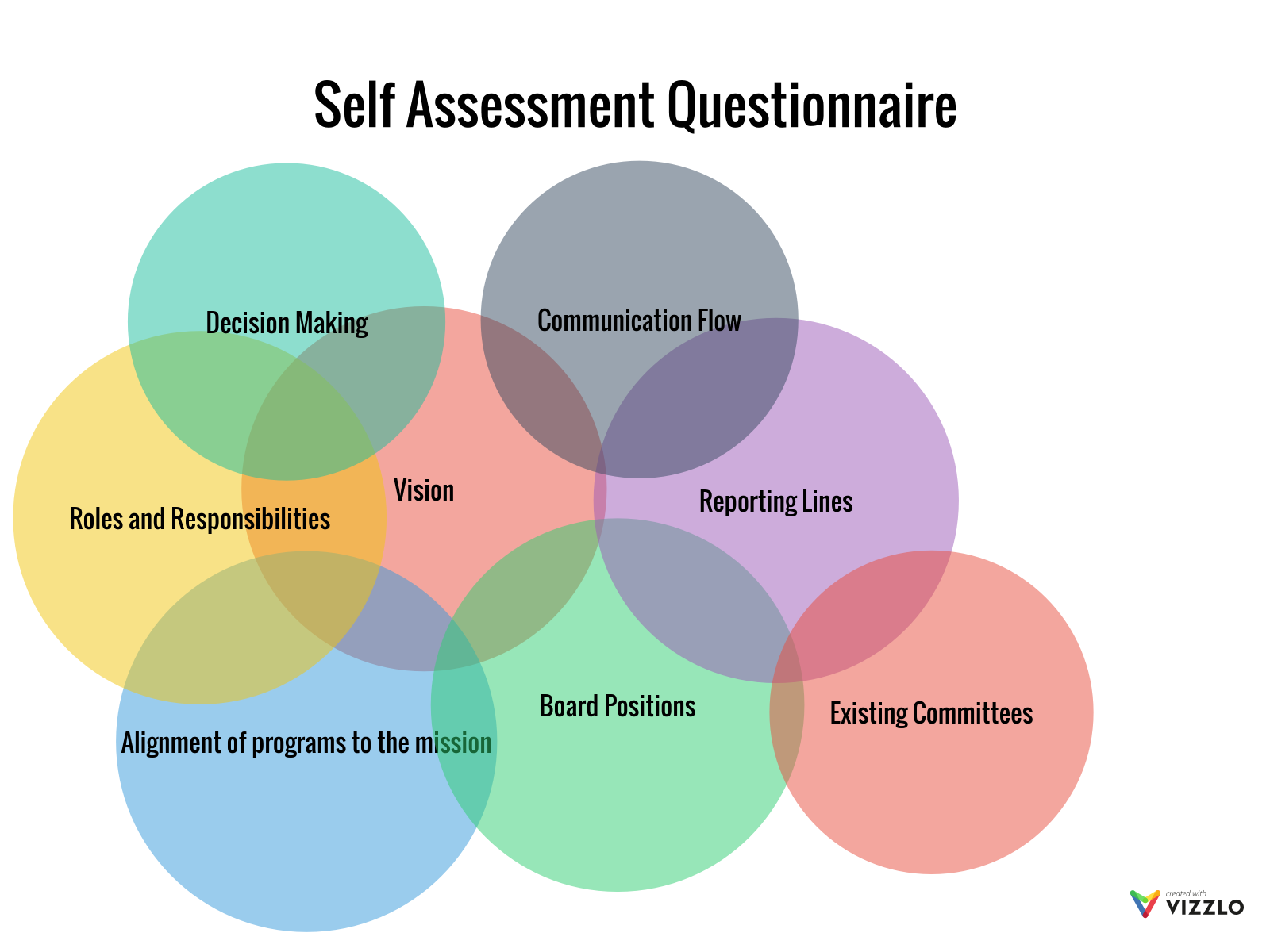Introdução
A board, often called a board of trustees, or directors, is a legally required entity consisting of elected or appointed members who jointly oversee the activities of an organisation. The structure of a board determines how the board is organised and the roles and duties of the board members.
Justificativa
";
This toolkit is useful for you when your organisation:
- is in the initial stage and does not have well defined roles and duties for the board members.
- has a basic structure but wants to review and improve it and establish committees or expand the board.
- wants to improve the functioning of the board and the communication and reporting between the board members and between the board and the staff.
O que você pode esperar
In seven steps this toolkit supports you to maximise the impact of your board by structuring it strategically. Here you’ll find a step-by-step guide, tools, examples and other resources for creating a board structure.
Passo 1: Establishing Need
- Discuss with the leaders and key staff (for example the HR manager) the importance and appropriateness of a board re-structure to ensure a strong and well-functioning Board of Trustees.
- Have the leaders talk to the board and get the buy in from all the board members. The chairperson, secretary or any active board member is selected to become the champion of the board restructuring process.
Watch this short video to get a general idea of board structure, roles and responsibilities:
[embed_yt id="qYd7f9QmXCE"]
Passo 2: Studying Current Board Structure
- Analyse the current structure, the roles and responsibilities of the board members and identify gaps and critical issues that need to be addressed.
Passo 3: Self-Assessment Questionnaire
- Create a self-assessment questionnaire which should cover performance and clarity of:

- Have the questionnaire approved by the organisation leaders and the process champion.
- Ensure that all the board members fill the questionnaire and the life stage survey to determine the board’s current life stage.
Passo 4: Analysing Responses
- Analyse the responses. The life stage of the board, the type of board and its strengths, challenges and needs are identified.
- Map the skill sets of the board members to the requirements of the organisation.
Passo 5: Formulate Future Board Structure
- Have the leaders, key staff, and board champion make recommendations for improving the board structure and new positions, committees and roles. Compulsory board positions are the chairperson and the treasurer. The secretary could be a board member or a staff member.
- Let the board champion present the new structure to the board for approval.
Passo 6: Creating the Documents
- Draw the future board structure.
- List and describe the roles of the chair, board secretary, and treasurer and the roles of the committees.
- Define the differences between managing and governing and clearly demarcate the responsibilities of the board of directors and the management team of the organisation.
- Have the documents approved by the board.
Passo 7: Roles and Recruitment
- Let leaders and the board identify board members suitable for different positions, new positions that need to be identified and new committees to be formed.
- Have the leaders and human resources employee create an action plan for recruitment if vacant positions have been identified
 .
.
Passo 8: Following Up
- Ensure that each member has a clear understanding of his/her role and responsibilities.
- Conduct an orientation for the existing and new board members.
Chaves para o sucesso
- Interview the board members to understand the current structure and their roles and responsibilities.
- Make the process of building a new structure consultative and involve the leaders and board members as much as possible to build ownership.
- Ensure that the gaps in skill sets/areas of support highlighted in the board audit are addressed.
Desafios
- The existing board may be too small to have a formal structure.
- The existing members might be inactive or unable to provide the required inputs/carry out the assigned responsibilities effectively.